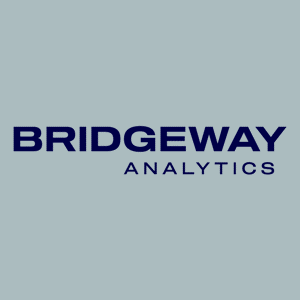Read the report here
This report explores the properties of CLO Intrinsic Price Designations, the ways they depart from the existing RBC framework, and the capital-favorable investment strategy incentives they generate. Critical to the discussion, we provide guidance on aligning Intrinsic Price Designations with the RBC framework. The hope is for the analysis to serve as a starting point in assessing the materiality of various modeling features that can possibly improve the RBC framework.
In spirit, the Intrinsic Price Designations are assigned to equate expected discounted lifetime loss with capital. While the final CLO model has not yet been released, our best estimates suggest the economic incentives it generates will depart significantly from the current framework:
- Shorter-dated, disproportionately low-credit quality tranches receive more favorable Intrinsic Price Designations. Discounting aside, if the Intrinsic Price method were based on Moody’s structured finance methodologies, an A2-Moody’s rated 5-year bond would receive over 40 times the capital of a 1-year A2-rated bond.
- The Intrinsic Price framework relies on rates at origination to discount future losses, and investing in assets that originated when interest rates were elevated can allow for 10-20% capital relief.
- A shift away from Aaa-rated tranches toward lower-rated, higher-yielding Aa and A-rated tranches receiving a favorable Designated 1A, which can otherwise receive more than 500% higher capital.
- Insurers will likely attempt to avoid a possible cliff for some tranches in the A to Baa rating range, where Designations may swing with small changes to the economic scenario model.
Historically, regulatory changes of this significance have resulted in noticeable shifts in insurers’ investment strategies and capital markets. In addition, the regulatory guidelines can have downstream implications for policy affordability, with Intrinsic Price Designations disincentivizing longer-dated investments, resulting in longer-dated policies being otherwise more expensive.
We hope you find this resource helpful
It is consistent with our goal of bringing value to our community
About the Authors
Amnon Levy is the CEO of Bridgeway Analytics and led the redesign of the C-1 factors on behalf of the NAIC and ACLI in 2021
Bill Poutsiaka is a senior financial services executive with considerable experience and accomplishments, including successful strategic and operational transformation as CEO, Chief Investment Officer, and board member for global insurance and asset management businesses
Brett Manning is a Senior Predictive Analytics Specialist at Bridgeway Analytics


